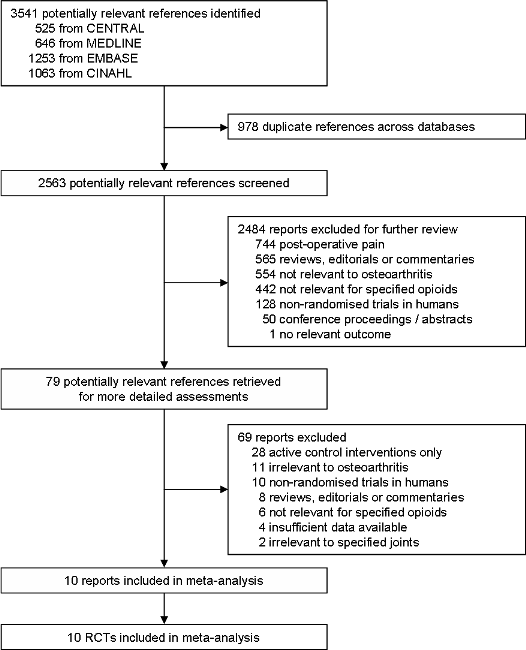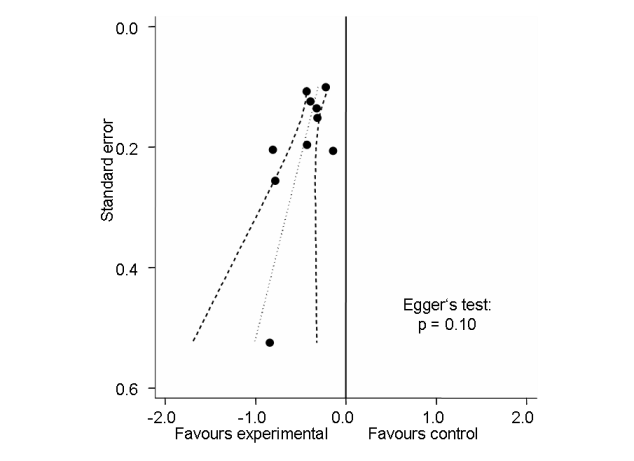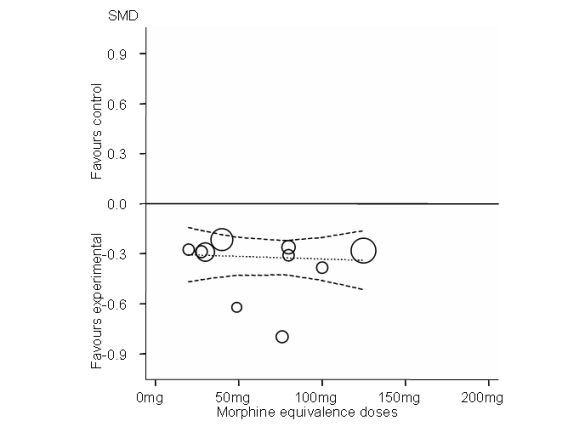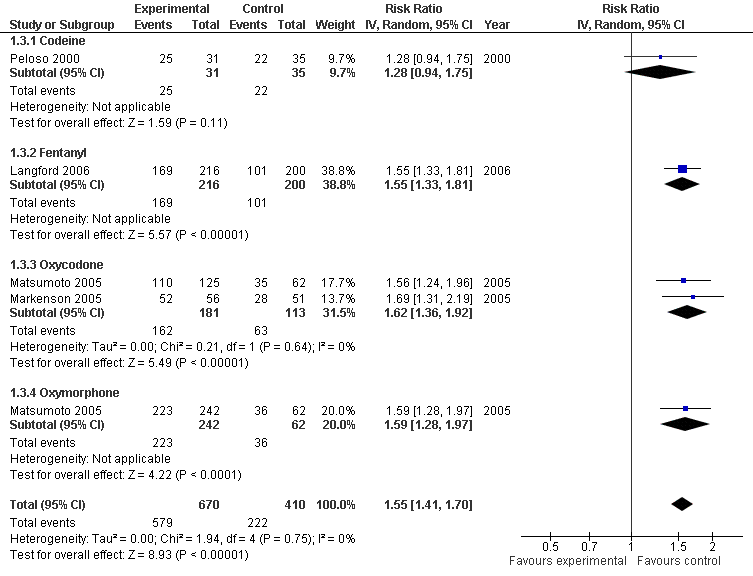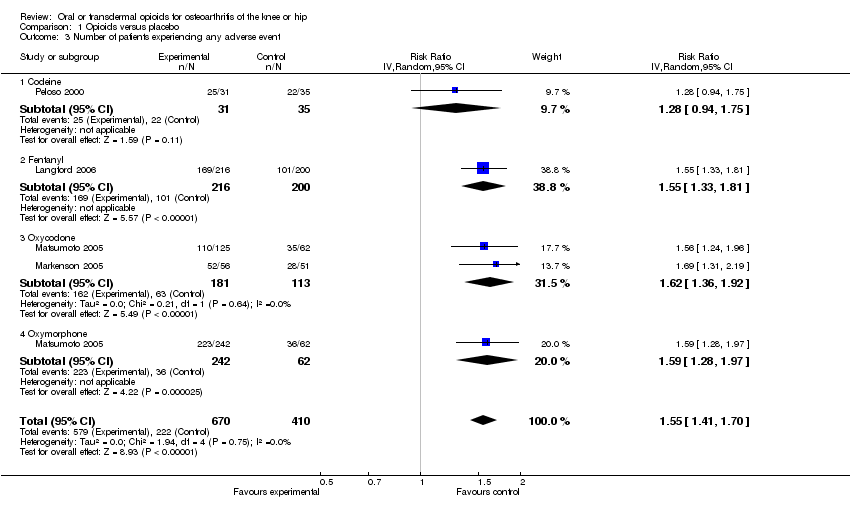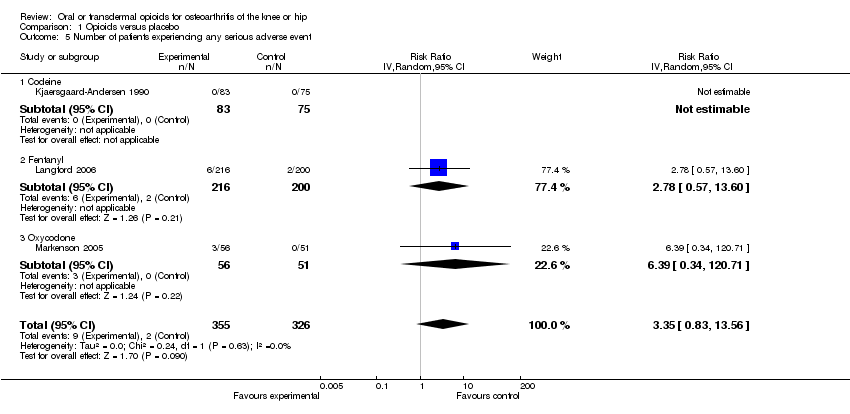Contenido relacionado
Revisiones y protocolos relacionados
Bruno R da Costa, Eveline Nüesch, Rahel Kasteler, Elaine Husni, Vivian Welch, Anne WS Rutjes, Peter Jüni | 17 septiembre 2014
Amanda O Leopoldino, Gustavo C Machado, Paulo H Ferreira, Marina B Pinheiro, Richard Day, Andrew J McLachlan, David J Hunter, Manuela L Ferreira | 25 febrero 2019
Bruno R da Costa, Eveline Nüesch, Stephan Reichenbach, Peter Jüni, Anne WS Rutjes | 14 noviembre 2012
Anne WS Rutjes, Eveline Nüesch, Stephan Reichenbach, Peter Jüni | 7 octubre 2009
Peter Jüni, Roman Hari, Anne WS Rutjes, Roland Fischer, Maria G Silletta, Stephan Reichenbach, Bruno R da Costa | 22 octubre 2015
Helen P French, J Haxby Abbott, Rose Galvin | 17 octubre 2022
Alexandra A Leaney, Jenna R Lyttle, Julian Segan, Donna M Urquhart, Flavia M Cicuttini, Louisa Chou, Anita E Wluka | 21 octubre 2022
Anne WS Rutjes, Eveline Nüesch, Rebekka Sterchi, Peter Jüni | 20 enero 2010
Nicholas Bellamy, Jane Campbell, Vivian Welch, Travis L Gee, Robert Bourne, George A Wells | 19 abril 2006
Anne WS Rutjes, Eveline Nüesch, Rebekka Sterchi, Leonid Kalichman, Erik Hendriks, Manathip Osiri, Lucie Brosseau, Stephan Reichenbach, Peter Jüni | 7 octubre 2009

